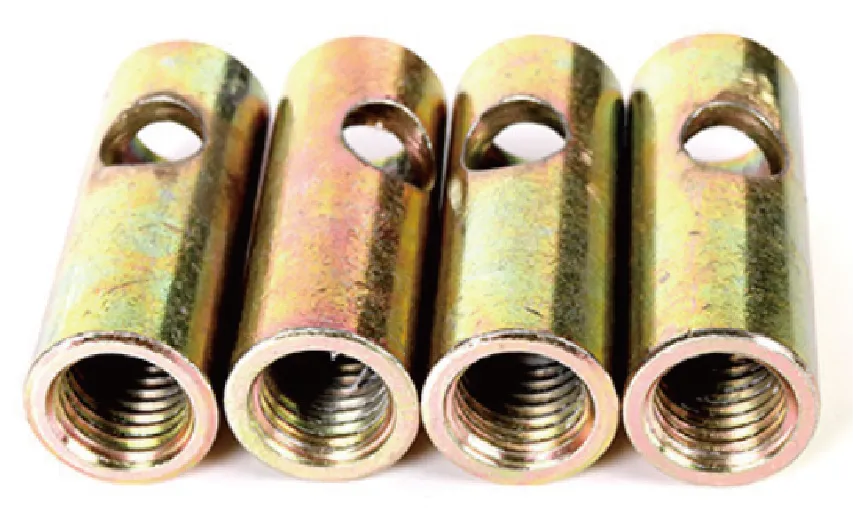Products Description
Introduction
The straight pipe sleeve is usually made of low-carbon steel (such as Q235, Q355) or alloy structural steel through forging, rolling or seamless tube processing, with a straight-walled tubular structure without any corrugations. Its connection principle varies into two types according to different manufacturing processes:
1. Straight thread connection: The inner wall of the sleeve is machined with internal threads that match the end threads of the reinforcing bar. The connection is achieved through the thread engagement between the reinforcing bar and the sleeve (the most common form);
2. Compression connection: Some straight pipe sleeves are compressed by a dedicated machine on the outer wall, making the inner wall of the sleeve closely bite the surface of the reinforcing bar, forming a mechanical connection.
Compared with corrugated sleeves or split sleeves, the straight pipe sleeve has a simpler structure, lower processing difficulty, lower cost, and uniform axial force distribution, and is suitable for most conventional reinforcing bar connection scenarios.
Purpose
The straight pipe sleeve is one of the most versatile steel bar connection components in construction engineering, and is mainly used in the following scenarios:
1. The butt joint of longitudinal steel bars (such as main bars of columns and beams) in cast-in-place concrete structures;
2. The mechanical connection of steel bars in prefabricated components of assembly buildings (such as composite beams and prefabricated slabs);
3. Axial force connection of hot-rolled ribbed steel bars (such as HRB400 and HRB500) with diameters ranging from 12mm to 40mm in civil engineering projects such as bridges and tunnels;
4. Structural parts where the compactness of the connection nodes is highly required (with no space to accommodate special sleeve types).



